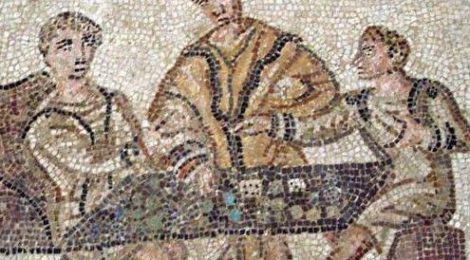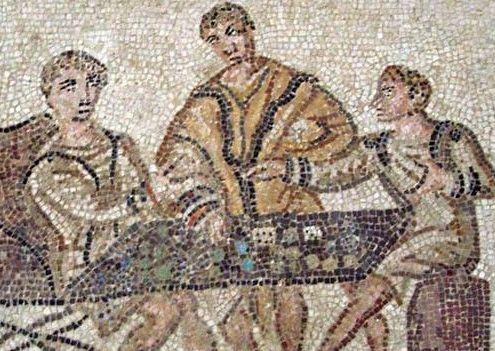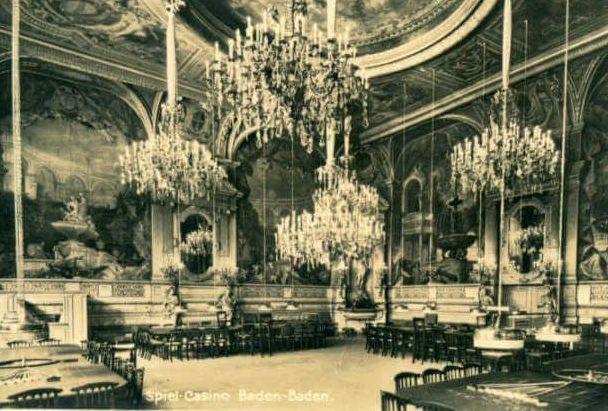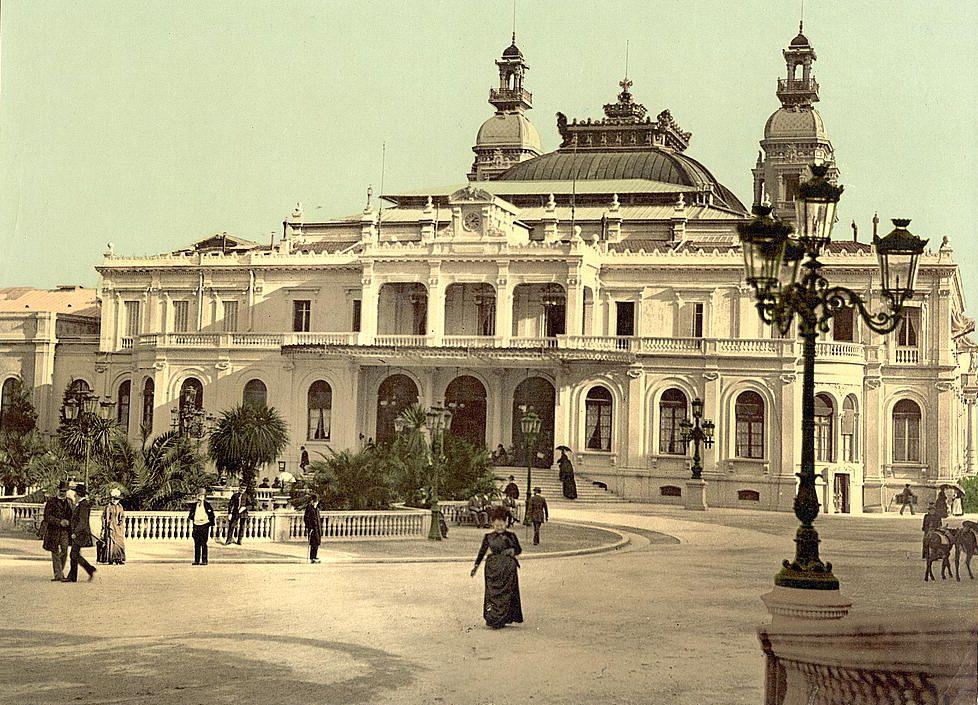
The History of Casinos in Europe
The History of Casinos in Europe
Long before Las Vegas Rose up from the desert and transformed itself into the neon capital of casinos, it was Europe who reigned the world of gambling, where the first official casinos opened as early as the 17th Century.
What started off as unregulated dice games within the confinements of private homes or the camps of army troops, continued through decades of prohibition, prosecution, and regulation, until the first foundations of present day luxury casinos were built on European soil.
In present times, the games of European casinos have moved from the palatial halls of Monte Carlo to the LED displays of offices or living rooms, as most gambling in Europe nowadays happens at leading online casinos found on casino guide sites like www.ukmobile.casino, etc., but the road to modern gambling wasn’t always paved with premium service or a wide selection of games and bonuses. In fact, European casinos started very small, sometimes even by the governments themselves, until the 19th century came and their success opened the door to modern day gambling.
The Early Beginnings
Gambling in Europe started as early as 500 BC, at least that’s when the first records of dice games appeared in the writings of Sophocles. However, gambling was frowned upon by the Roman authorities, which is why the people of Rome had to be creative and find ways to mask their gambling. That’s how the first chips were created, as a way of avoiding prosecution for gambling with real money.
Both dices games and the prohibitions survived strong through the next centuries and into Medieval times, when new forms of gambling appeared, followed by new restrictions from the authorities.
During the 15th century card games arrived in Europe and took it by storm, but most play was done in public or private houses, which were very unlike the casinos we know today.
The First Casino
But it wasn’t until 1638, that the first gambling house appeared in Europe – the Riddotto in Venice. This Venetian gambling house was owned by the government and was the first official casino by today’s standards. No expenses were sparred in both service and decoration, and strict rules were set, all with the hopes of attracting an upper class clientele. And even though it was planned as a temporary attraction to divert chaos during the carnival, the casino remained open until the 18th century, when gambling was proclaimed illegal. The casino can still be found in Venice, but it changed location from the original palace to the Ca’ Vendramin Calergi in the 1950s.
The Expansion
After a period of state-approved lotteries, prohibitions of gambling and card games, decrees that make gambling legal again, and various restrictions imposed by governments all across Europe, the Cardinal Jean-Theodore of Bavaria approved the building of Europe’s second oldest casino – the Redoute casino in Spa, Belgium, in 1762. The casino was troubled later by the Liege revolution and prohibitions, but it remains open to this day under the name of Casino Spa.
Following the opening of The Redoute, a bath house was opened in the German town of Baden Baden, in 1765, which slowly started attracting visitors with its leisure activities, one of which was gambling. Officially, gambling was prohibited but that didn’t stop the authorities from taking commissions that went into “bath-funds” that sponsored the town’s roads and other amenities. In time, the gambling in Baden Baden turned into a real casino business and one of the oldest casinos in Europe – Casino Baden Baden.
During the 1770s, two other casinos were opened on the continent, The Redoute in France, and the second casino in Spa, Belgium – the Vaux Hall. But it wasn’t until 20 years later that the roulette wheel came to prominence, after a new gambling craze hit France, and turned the casino business into a massive success.
The first mentions of the roulette wheel date back to the French Literature of 1796, but the game still didn’t resemble the European roulette we know and love today. It was the French brothers Blanc that altered the roulette table to a single 0 and started operating at the newly opened Kursaal Casino in Homburg, Germany, in 1843. Their version of the game spread instantly all over Europe and started the European casino expansion
Monte Carlo
Following the expansion of casinos, Florestan I, the prince of Monaco approved the concession for the first casino and bathing house and the Villa Bellevue opened shortly after in 1856, as a temporary casino until a larger hotel/casino was built. However, Monaco was still having trouble attracting gamblers from Europe and the casino business wasn’t doing well due to many complications.
That’s where François Blanc stepped in, after his successful casino business in Homburg was complicated by new prohibitions from the government. He then came up with the idea of opening an all-year casino resort and chose Monaco as his destination. The province where the casino was being built was renamed Monte Carlo at his suggestion and in 1858 Le Grand Casino de Monte Carlo was opened.
Over the following years, the combination of a new railroad and the success of the casino attracted many visitors and the economy of Monte Carlo Boomed, and for the next decade Monaco became the European Mecca of casinos while the rest of the continent continued to live under various gambling restrictions. The rest, as the saying goes, is history.



